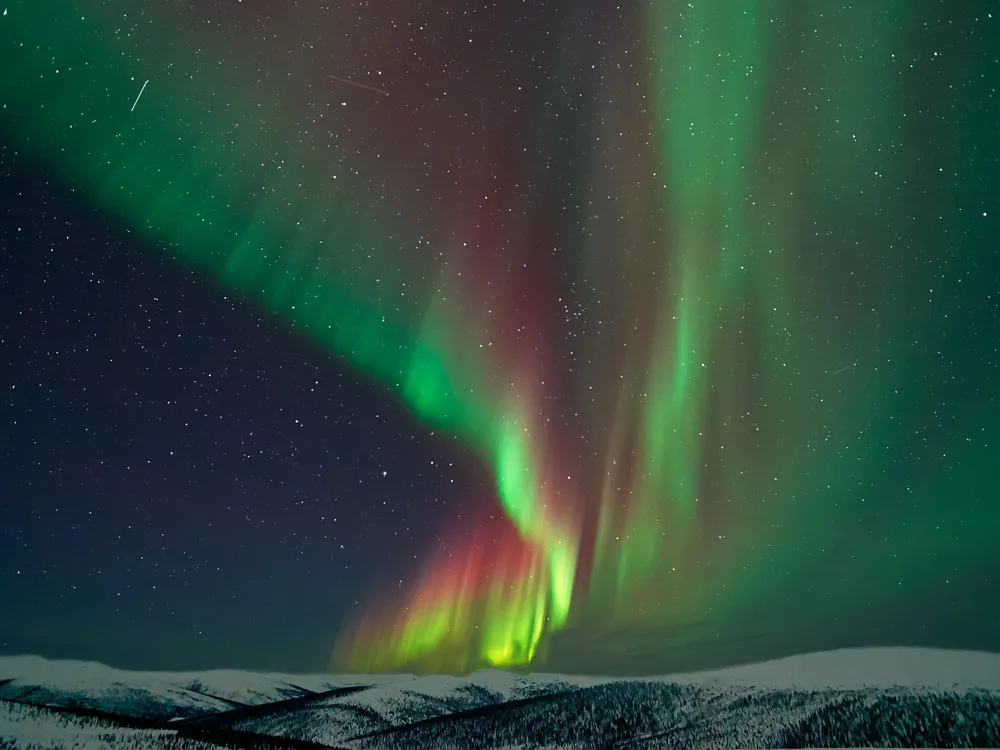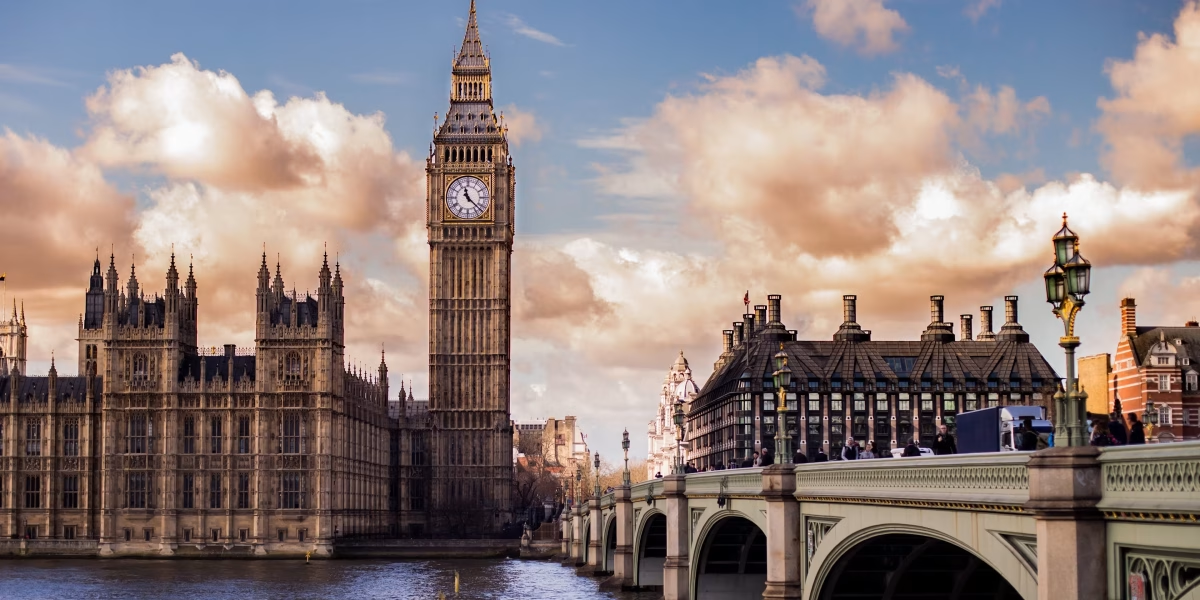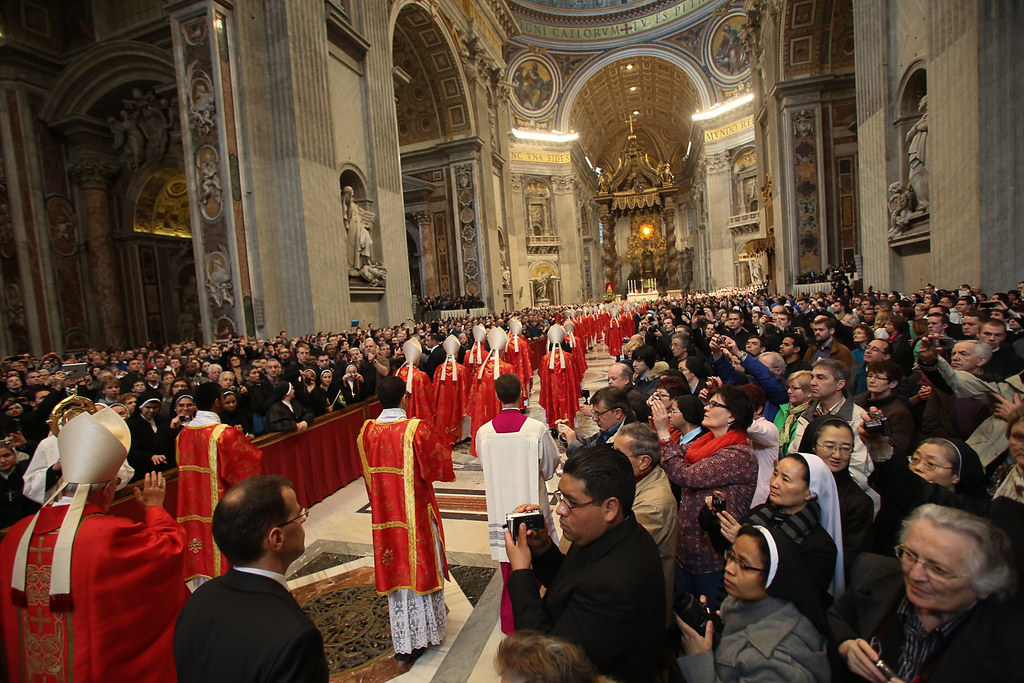The northern lights, also known as the aurora borealis, are a natural display of dancing light that occurs in the polar regions. However, this phenomenon is called the aurora australis or “southern lights” in the Southern Hemisphere. Humans have been captivated by the beauty and mystery of these auroras for centuries.
The lights we see in the night sky are caused by solar storms from the sun. These storms send energized particles that slam into Earth’s upper atmosphere at speeds of up to 45 million mph. Many of these particles are deflected away, but some of them are captured by Earth’s magnetic field and redirected toward the poles. According to Royal Museums Greenwich, “These particles then slam into atoms and molecules in the Earth’s atmosphere and essentially heat them up.” Royal Observatory astronomer Tom Kerss explains, “We call this physical process ‘excitation’, but it’s very much like heating a gas and making it glow.” Therefore, what is seen are essentially atoms and molecules in the atmosphere colliding with particles from the sun to create wavy curtains of ‘dancing’ light.
The different colors in the sky are created by different gasses and heat. Oxygen is responsible for the green color, while hues of purple, blue, and pink are created by nitrogen. The phenomenon which causes the northern lights occurs every hour of every day. However, there are specific conditions that need to be met in order for them to be visible. It must be a dark, clear night in an area with minimal light pollution. Additionally, the closer you are to the poles, the more the aurora will be visible. For these reasons, the northern lights are best viewed from anywhere inside the “auroral zone” during the winter months. Some of the most popular places to view the northern lights include Fairbanks, Alaska; Southern Iceland; Tromsø, Norway; Orkney, Scotland; Yellowknife, Canada; and even Headlands International Dark Sky Park, Michigan.
Experts say 2024 will bring the best northern lights in over 20 years. This is due to the “solar maximum,” which occurs when the sun reaches its peak of an 11-year cycle. Additionally, the northern lights will appear in places where they’re not normally visible. So, consider planning a trip to see the incredible phenomenon this year!













